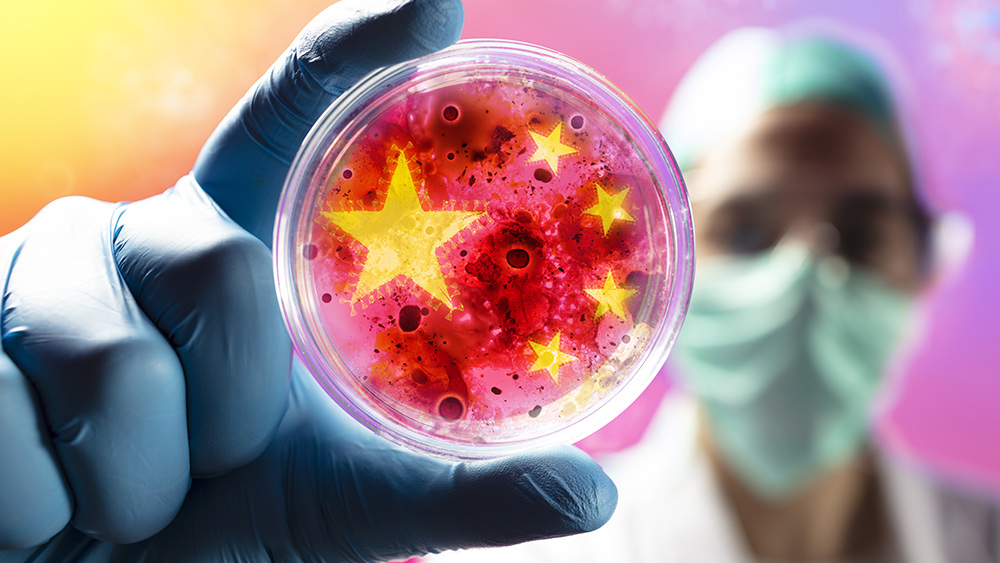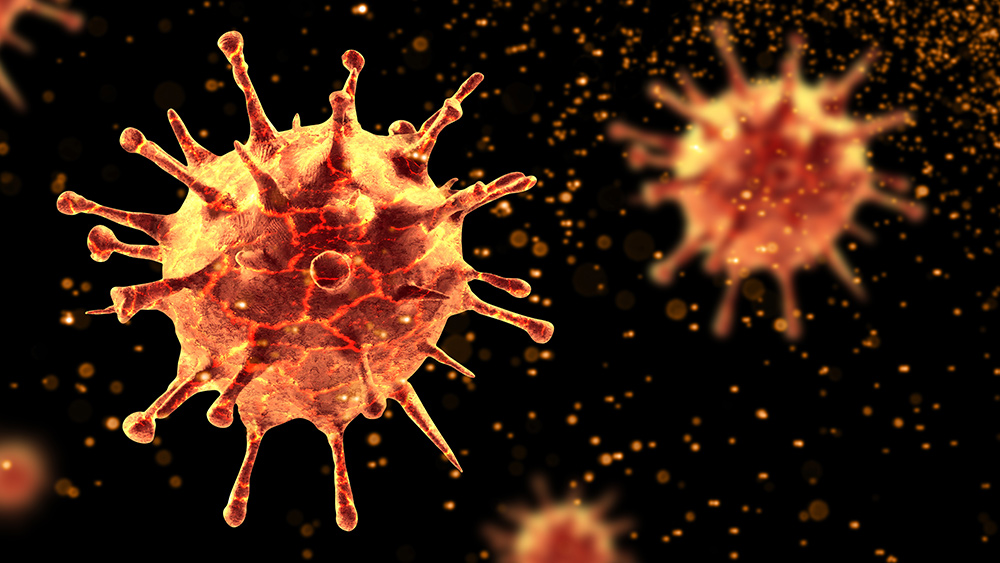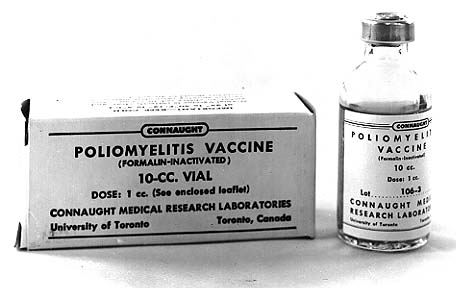A closer look at the dangers lead poses to the body
04/16/2020 / By Divina Ramirez

The body is equipped to process toxins. After all, it has an entire organ dedicated to the process of filtering out impurities on a daily basis. Unfortunately, the body cannot eliminate certain toxins like lead, a natural element used to create ammunition, car batteries and cable sheathing. Lead is toxic at any dose and serves no purpose inside the human body.
Despite the toxicity of lead, it was once widely used to make mass-produced goods like household paints, toys and cosmetics. But due to the high number of lead poisoning cases reported, lead-based paint was eventually banned in 1978. Unfortunately, some cases of lead poisoning today are linked to the inhalation of flakes from lead-based paint used in old houses. Old lead pipes are also said to contaminate water and cause poisoning.
The clinical effects of lead poisoning
Exposure to lead can cause a variety of symptoms since it affects different parts of the body. Lead poisoning also builds up slowly over time. As a result, the early stages of lead poisoning often go undetected due to a lack of observable symptoms.
Early detection of lead poisoning is also complicated by the fact that lead toxicity does not manifest after a single instance of lead ingestion or inhalation. A person must have repeated exposure to lead before the following symptoms can occur:
Nausea
When lead is ingested, it can remain in the stomach for long periods. Repeated ingestion can cause a spike in blood lead levels and eventually cause nausea and frequent bouts of vomiting. Lead can also cause constipation, abdominal pain and loss of appetite due to its disruptive effects on gut function.
Cognitive impairment
At any detectable level, lead exposure can cause severe neurological damage that results in memory loss and cognitive dysfunction.
In particular, infants and children have the highest risk of lead poisoning since they can absorb lead more quickly than adults. Several pediatric studies have shown that elevated blood lead levels in children can cause brain injury and cognitive impairment, resulting in a lower intelligence quotient (IQ) and growth delays, among other things.
Lead can also impair learning and behavioral development, as well as alter brain structure. In healthy adults, high levels of lead can cause cognitive dysfunction by interfering with neural connections and signals.
Muscle pain
Once lead enters the body, it interrupts the activity of enzymes, which help cells carry out important functions. In muscles, certain enzymes regulate inflammation and prevent damage. Lead, however, disrupts these functions and damages cells over time, causing symptoms like muscle pain, joint pain and weakness throughout the body.
Infertility
Lead exposure can also adversely affect the reproductive organs. For instance, lead exposure can disrupt a woman’s menstrual cycle and delay conception. It can also severely reduce fertility and affect fetal development in pregnant women. In men, lead exposure impairs the production of the male hormone testosterone, which results in low sperm counts. (Related: Glyphosate – The silent danger causing lead poisoning in pregnant women.)
Kidney damage
Lead is known to impair kidney function and damage the kidneys over time. In particular, lead impairs the ability of the kidneys to regulate blood pressure, thus increasing the risk of hypertension (high blood pressure). If left unaddressed, lead exposure can cause kidney disease or kidney failure.
Anemia
Long-term exposure to lead can cause anemia. Lead impairs the production of hemoglobin, the molecule in red blood cells that carries oxygen. Lead exposure also negatively affects the enzymes that work to create heme, an iron-rich component of blood.
Cancer
Lead cannot cause major structural changes to DNA, but it can inhibit DNA repair and activate dormant cancer cells. Over time, lead exposure heightens the risk of kidney cancer, brain cancer and lung cancer.
Lead exposure is a serious but preventable health concern. To minimize your risk of lead exposure, eliminate all possible sources of lead inside the house, such as old paint, old toys and lead water pipes. A healthy diet rich in calcium and vitamin C food sources can help reduce the harmful effects of lead and hinder its absorption by the body.
Sources include:
Tagged Under: anemia, brain damage, brain function, brain health, cognitive health, cognitive impairment, environment, Infertility, kidney disease, Lead, lead poisoning, poison, toxins



















